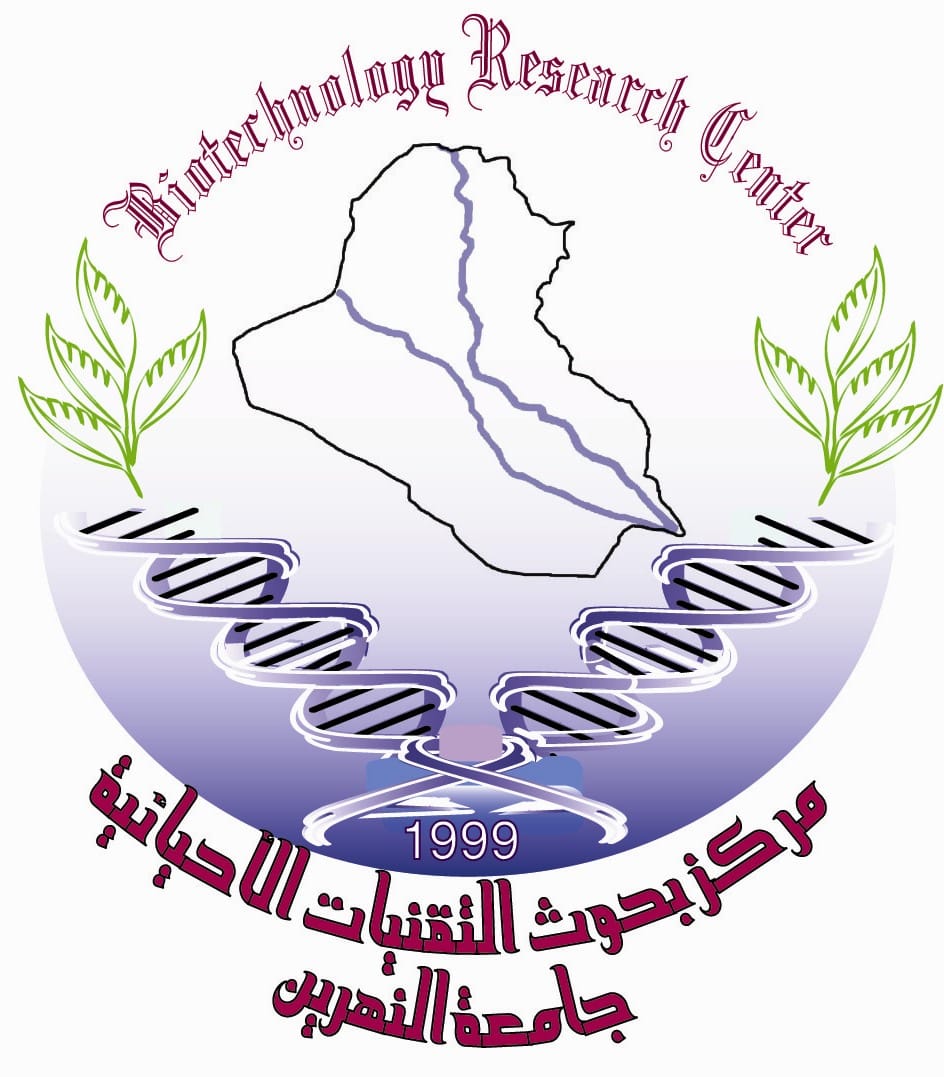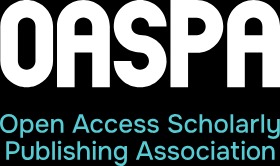Bacterial aerobic Bacteraemia at AL- Kindi Teaching Hospital 2007-2009: Etiology diversity, Clinical features, and Outcome.
DOI:
https://doi.org/10.24126/jobrc.2012.6.1.188Abstract
Data regarding the incidence, etiology and outcome of Bacteraemia taken from AL-Kindi hospital were collected, and compared the situation between the three years: 2007, 2008, 2009. A total number of blood samples was (505), from this number only (70) (13.8%) is positive. The rate of positivity was significant greater in 2009 (17.7%) than 2008 (11.8%) and 2007 (9.1%). The calculated incidence of significant episodes of bacteraemia was 12.6% .The five most commonly isolated microorganisms were: Salmonella typhi30(46.8%), Staphylococcus aureus 12 (18.7%), Escherichia coli 10 (15.6%),Klebsiella 4(6.2%) and Enterobacter sp.3(4.6%) varied throughout this period, significant increase was noted in 2009. The acquisition of blood stream infections was nosocomial in 8.5% of cases.60% of Salmonella typhi were Amoxicillin resistant. Also Staph.aureus isolates, 58%were resistant to Amoxicillin and Erythromycin. Cephalexin-resistant E.coli in70% of the isolates and Gentamycin-resistant Klebsiella occurred in 75% of the isolates. The incidence of BSI did not differ significantly from other reported studies.
Downloads
Published
How to Cite
Issue
Section
License
This is an Open Access article distributed under the terms of the creative commons Attribution (CC BY) 4.0 license which permits unrestricted use, distribution, and reproduction in any medium or format, and to alter, transform, or build upon the material, including for commercial use, providing the original author is credited.











